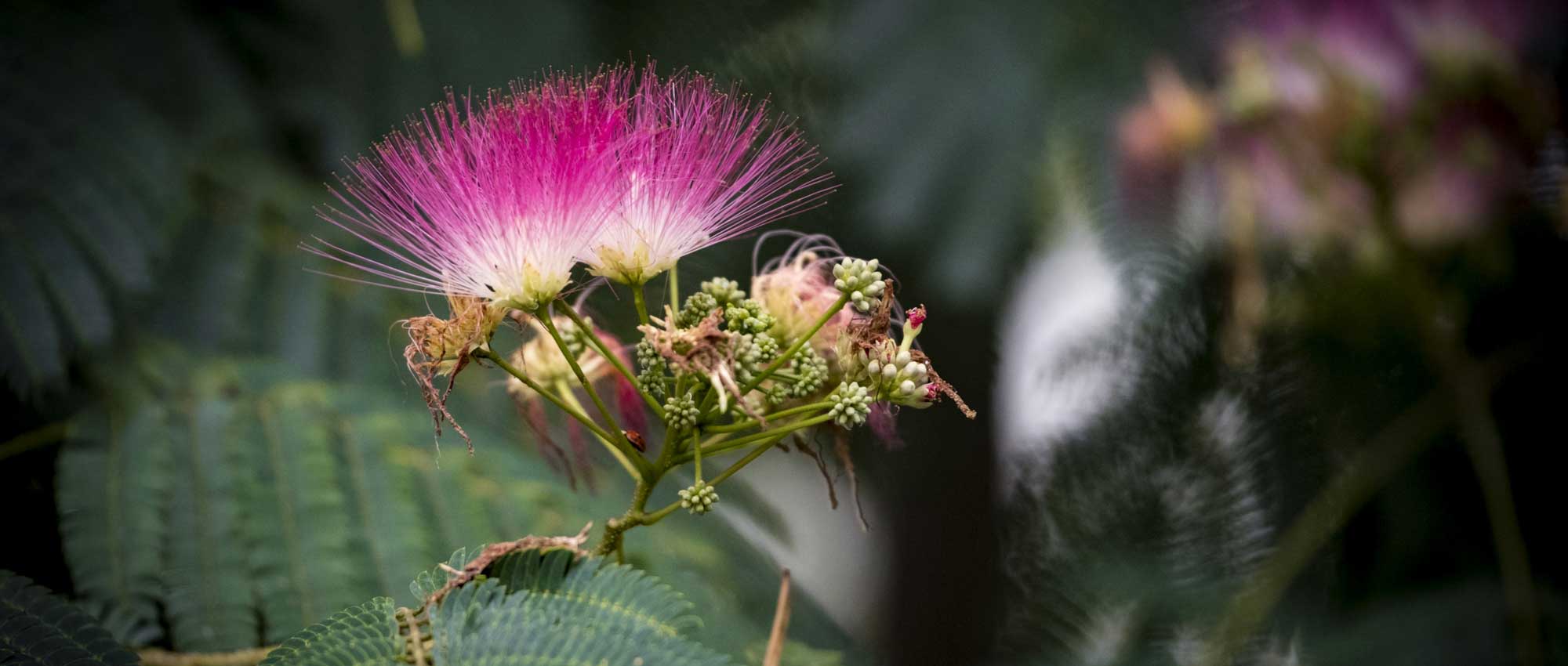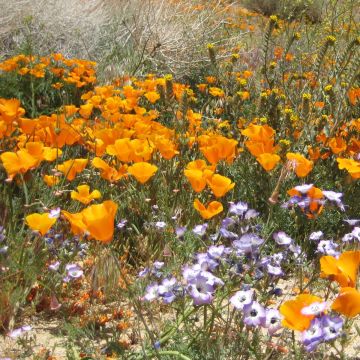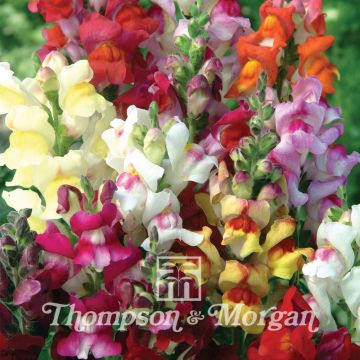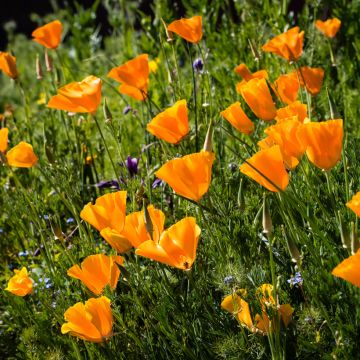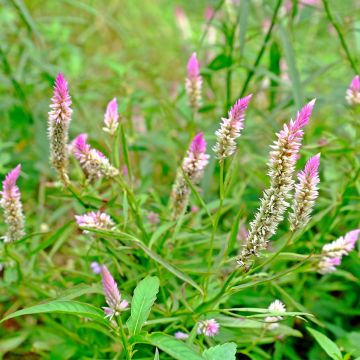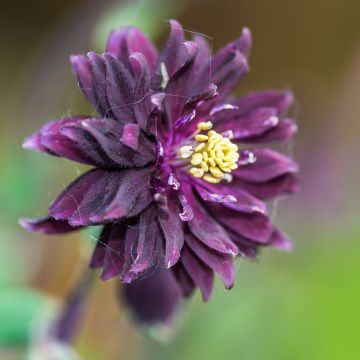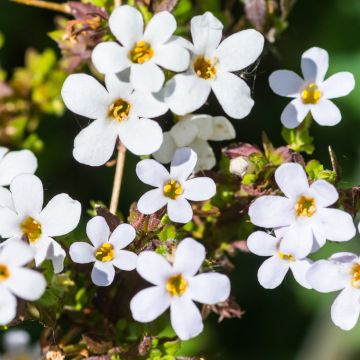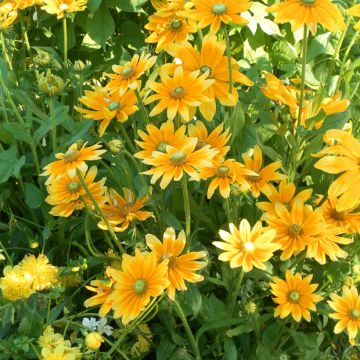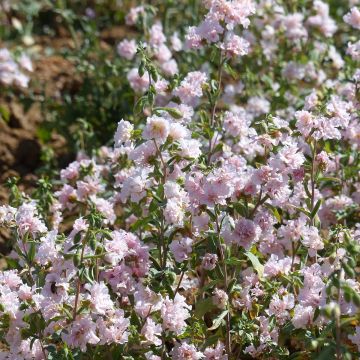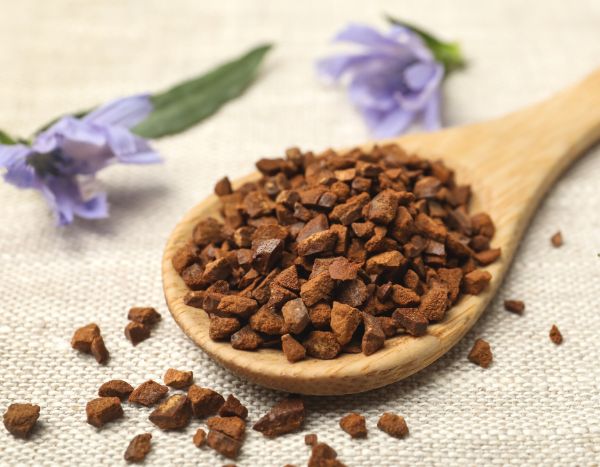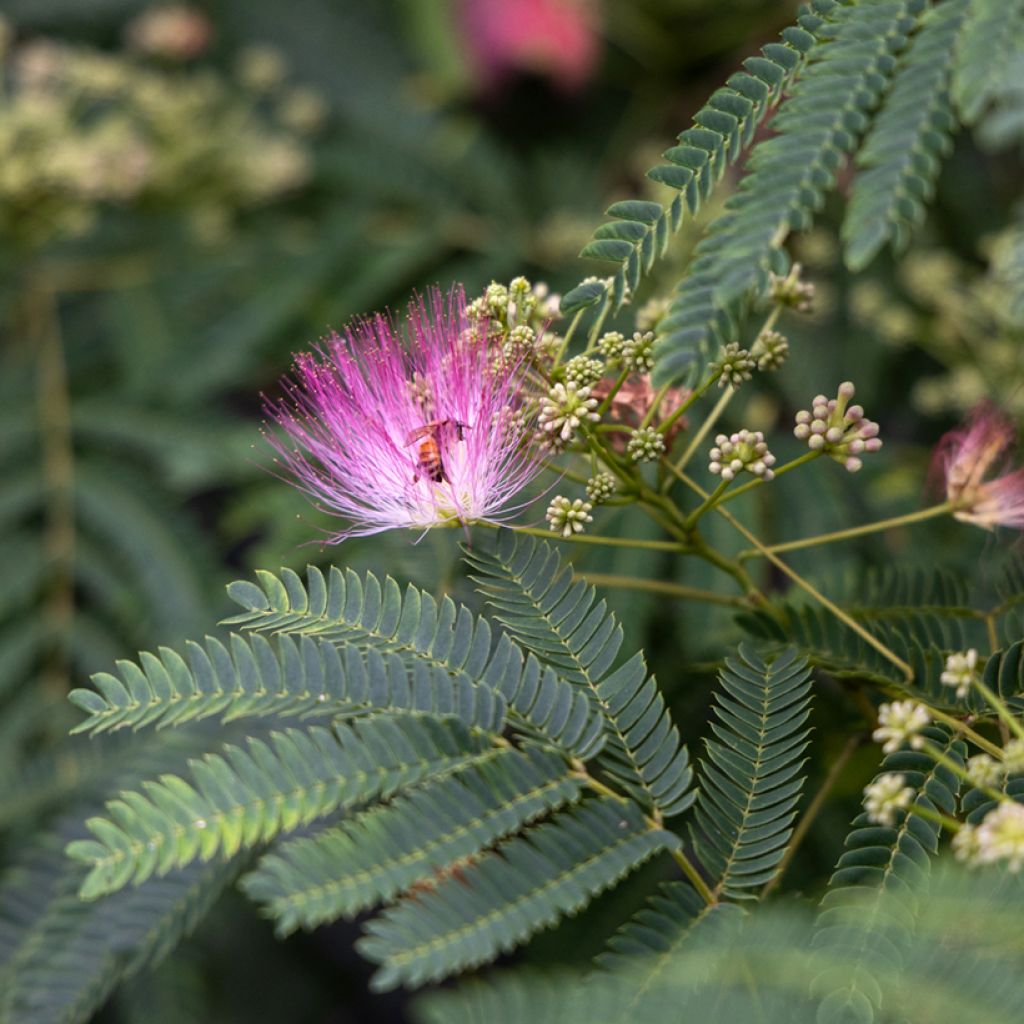

Albizia julibrissin - Silk Tree
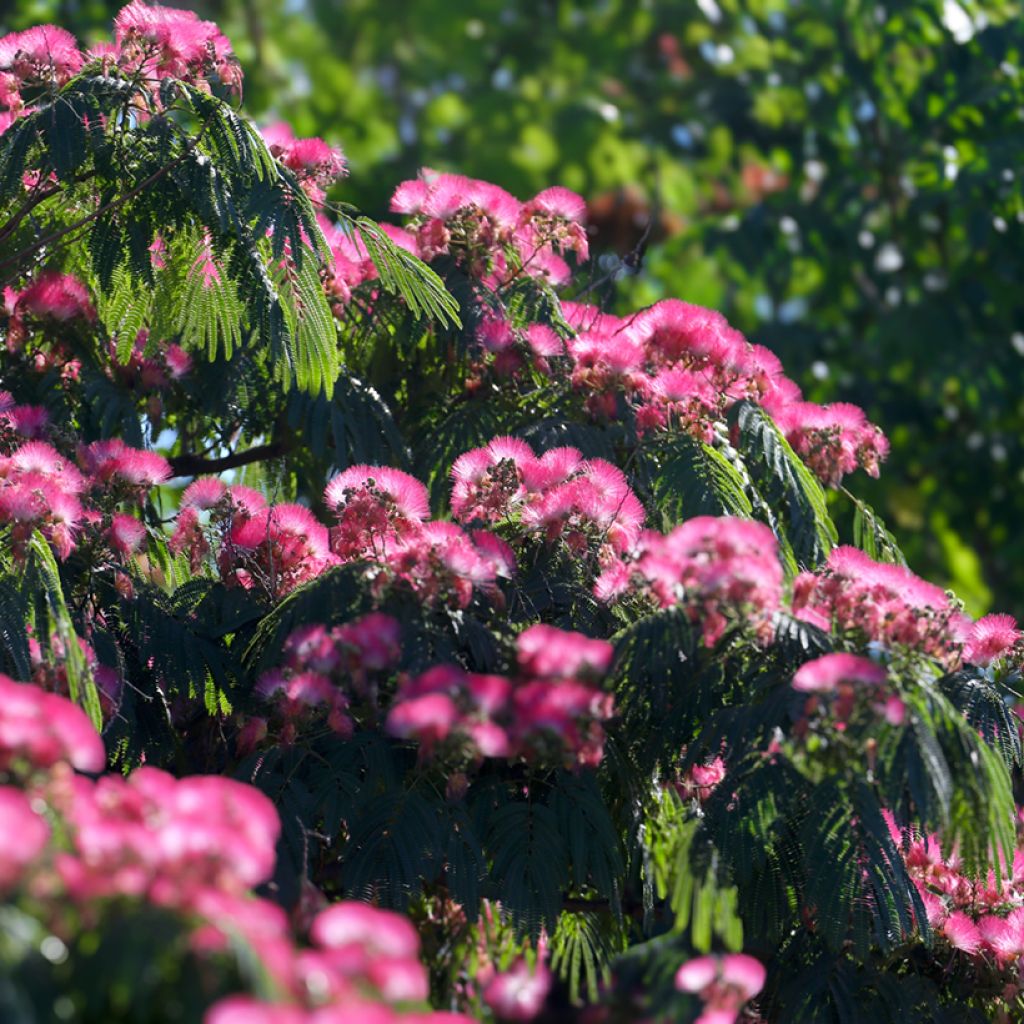

Albizia julibrissin - Silk Tree
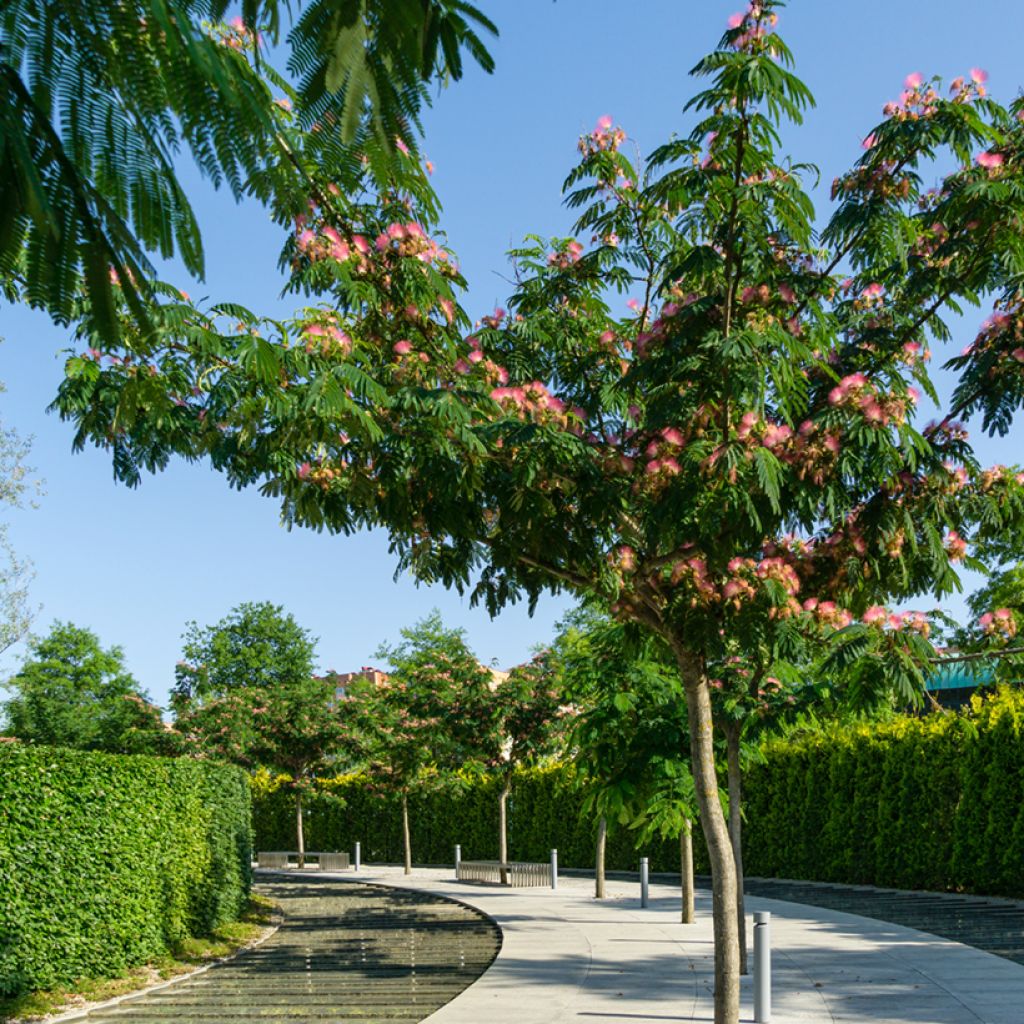

Albizia julibrissin - Silk Tree
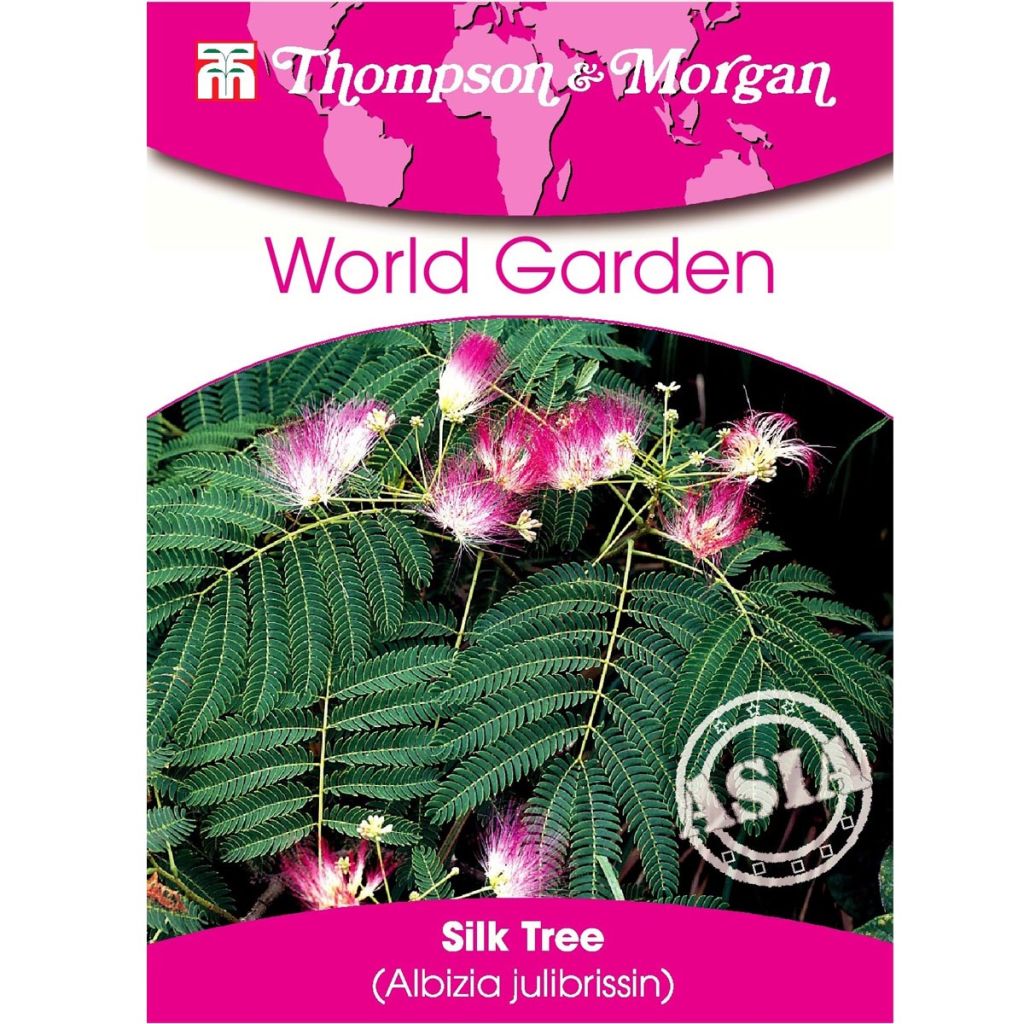

Albizia julibrissin - Silk Tree
Albizia julibrissin - Silk Tree
Albizia julibrissin
Silk Tree, Nemu tree
I planted everything from seeds, there were supposed to be 8 or 9 seeds, but only 2 have sprouted. Currently, they are in pots and are about 10 cm (4in) tall, and they are doing well. We'll see in the long run if they survive!
Elodie D., 26/08/2019
Special offer!
Receive a €20 voucher for any order over €90 (excluding delivery costs, credit notes, and plastic-free options)!
1- Add your favorite plants to your cart.
2- Once you have reached €90, confirm your order (you can even choose the delivery date!).
3- As soon as your order is shipped, you will receive an email containing your voucher code, valid for 3 months (90 days).
Your voucher is unique and can only be used once, for any order with a minimum value of €20, excluding delivery costs.
Can be combined with other current offers, non-divisible and non-refundable.
Home or relay delivery (depending on size and destination)
Schedule delivery date,
and select date in basket
This plant carries a 6 months recovery warranty
More information
We guarantee the quality of our plants for a full growing cycle, and will replace at our expense any plant that fails to recover under normal climatic and planting conditions.
Does this plant fit my garden?
Set up your Plantfit profile →
Description
Small deciduous tree with finely cut foliage, Albizia julibrissin, also known as Silk Tree, evokes the lightness of a mimosa. It flowers in summer, with clusters of pink and fragrant stamens grouped towards the top of its branches. It thrives in sunlight, well-drained soil, and a sheltered position away from cold winds.
Albizia julibrissin is a small deciduous tree of the Fabaceae family, whose range extends from Iran to eastern China. It typically reaches a height of 2.5 to 3m (8 to 10ft) in our climates, with a spreading crown that is equivalent to or slightly larger than its height. It flowers in July-August, producing fluffy and silky inflorescences that have earned it the name Silk Tree. These inflorescences are actually made up of long, visible pink stamens, surpassing the rudimentary corollas grouped in heads. The fragrance of the flowers is mostly noticeable up close, powdery and sweet. The flowering gives way to a fruit, a flat pod, 8 to 20 cm (3 to 8in) long, initially green and then brown, containing 5 to 15 fairly large oval seeds, which germinate easily. The leaves, deciduous and light green, are alternate and very large, measuring from 15 to 40 cm (6 to 16in). They are divided into large leaflets, which are further subdivided into small leaflets. The bark is thin, initially grey-green and then grey, almost smooth, with whitish lenticels. Finally, and this is a characteristic of plants in the Fabaceae family, the roots form nodules capable of fixing atmospheric nitrogen, through specific bacteria present in these organs. The taproot system of this small tree does not tolerate transplanting well. The lifespan of the Albizia varies, but in our climates it typically reaches around thirty years.
The Silk Tree, with its majestic and airy silhouette, is planted as a single specimen to provide a light shade, for example on a patio. Its flowering enhances its exotic nature. Care must be taken to ensure its hardiness by planting it in well-drained soil, in sunlight, and sheltered from dominant winds and cold drafts.
Albizia julibrissin - Silk Tree in pictures
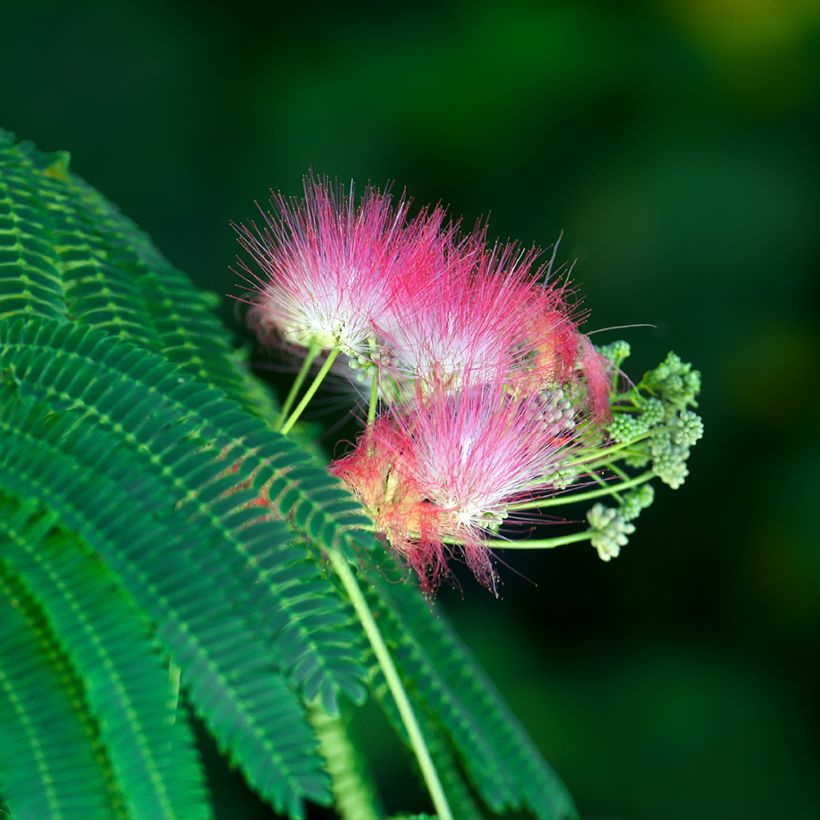

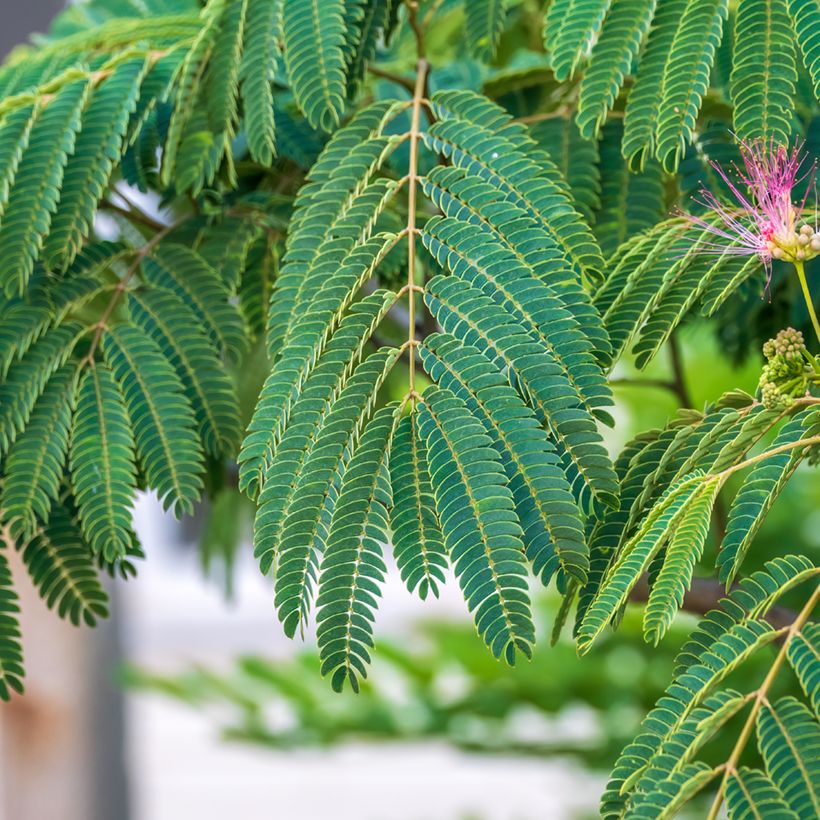



Flowering
Foliage
Plant habit
Botanical data
Albizia
julibrissin
Fabaceae
Silk Tree, Nemu tree
Middle East
Other Thompson and Morgan seeds
View all →Planting and care
The seeds of Albizia are small, flat, and surrounded by a very hard shell. To crack or soften it, soak the seeds in water for a few days, then sponge and sow. The best way is to pour water at around 70°C (158°F) into a Thermos bottle. Throw the seeds in, close it, and sow the next day.
Sow under cover from March, at 15-16°C (59-60.8°F), or in open ground in May. Sowing under cover is not imperative, but it allows for stronger plants when winter arrives. Place the seeds in light soil, spacing them 10 cm (4in) apart. Germination takes 10 to 20 days.
Keep the plants in full light, even in the sun.
Water lightly, without drowning the sowing.
Treat against rust.
Transplant the plants into deep trays or individual pots, 20 cm (8in) apart, when they have developed four sets of leaves.
Transplant into buckets at the end of summer.
Moderately hardy, Albizia does not tolerate very heavy frosts well, especially in its youth. It appreciates full sun, less so partial shade and not at all full shade. In cooler climates, it should be planted in very sheltered areas. It adapts to all types of soil, but does not tolerate temporarily or permanently waterlogged soils. However, it tolerates drought. It is sensitive to wind as its wood is fragile, sensitive to wood-rotting fungi in case of significant injuries, and to Coral disease.
Sowing period
Intended location
Planting & care advice
-
, onOrder confirmed
Reply from on Promesse de fleurs
Haven't found what you were looking for?
Hardiness is the lowest winter temperature a plant can endure without suffering serious damage or even dying. However, hardiness is affected by location (a sheltered area, such as a patio), protection (winter cover) and soil type (hardiness is improved by well-drained soil).

Photo Sharing Terms & Conditions
In order to encourage gardeners to interact and share their experiences, Promesse de fleurs offers various media enabling content to be uploaded onto its Site - in particular via the ‘Photo sharing’ module.
The User agrees to refrain from:
- Posting any content that is illegal, prejudicial, insulting, racist, inciteful to hatred, revisionist, contrary to public decency, that infringes on privacy or on the privacy rights of third parties, in particular the publicity rights of persons and goods, intellectual property rights, or the right to privacy.
- Submitting content on behalf of a third party;
- Impersonate the identity of a third party and/or publish any personal information about a third party;
In general, the User undertakes to refrain from any unethical behaviour.
All Content (in particular text, comments, files, images, photos, videos, creative works, etc.), which may be subject to property or intellectual property rights, image or other private rights, shall remain the property of the User, subject to the limited rights granted by the terms of the licence granted by Promesse de fleurs as stated below. Users are at liberty to publish or not to publish such Content on the Site, notably via the ‘Photo Sharing’ facility, and accept that this Content shall be made public and freely accessible, notably on the Internet.
Users further acknowledge, undertake to have ,and guarantee that they hold all necessary rights and permissions to publish such material on the Site, in particular with regard to the legislation in force pertaining to any privacy, property, intellectual property, image, or contractual rights, or rights of any other nature. By publishing such Content on the Site, Users acknowledge accepting full liability as publishers of the Content within the meaning of the law, and grant Promesse de fleurs, free of charge, an inclusive, worldwide licence for the said Content for the entire duration of its publication, including all reproduction, representation, up/downloading, displaying, performing, transmission, and storage rights.
Users also grant permission for their name to be linked to the Content and accept that this link may not always be made available.
By engaging in posting material, Users consent to their Content becoming automatically accessible on the Internet, in particular on other sites and/or blogs and/or web pages of the Promesse de fleurs site, including in particular social pages and the Promesse de fleurs catalogue.
Users may secure the removal of entrusted content free of charge by issuing a simple request via our contact form.
The flowering period indicated on our website applies to countries and regions located in USDA zone 8 (France, the United Kingdom, Ireland, the Netherlands, etc.)
It will vary according to where you live:
- In zones 9 to 10 (Italy, Spain, Greece, etc.), flowering will occur about 2 to 4 weeks earlier.
- In zones 6 to 7 (Germany, Poland, Slovenia, and lower mountainous regions), flowering will be delayed by 2 to 3 weeks.
- In zone 5 (Central Europe, Scandinavia), blooming will be delayed by 3 to 5 weeks.
In temperate climates, pruning of spring-flowering shrubs (forsythia, spireas, etc.) should be done just after flowering.
Pruning of summer-flowering shrubs (Indian Lilac, Perovskia, etc.) can be done in winter or spring.
In cold regions as well as with frost-sensitive plants, avoid pruning too early when severe frosts may still occur.
The planting period indicated on our website applies to countries and regions located in USDA zone 8 (France, United Kingdom, Ireland, Netherlands).
It will vary according to where you live:
- In Mediterranean zones (Marseille, Madrid, Milan, etc.), autumn and winter are the best planting periods.
- In continental zones (Strasbourg, Munich, Vienna, etc.), delay planting by 2 to 3 weeks in spring and bring it forward by 2 to 4 weeks in autumn.
- In mountainous regions (the Alps, Pyrenees, Carpathians, etc.), it is best to plant in late spring (May-June) or late summer (August-September).
The harvesting period indicated on our website applies to countries and regions in USDA zone 8 (France, England, Ireland, the Netherlands).
In colder areas (Scandinavia, Poland, Austria...) fruit and vegetable harvests are likely to be delayed by 3-4 weeks.
In warmer areas (Italy, Spain, Greece, etc.), harvesting will probably take place earlier, depending on weather conditions.
The sowing periods indicated on our website apply to countries and regions within USDA Zone 8 (France, UK, Ireland, Netherlands).
In colder areas (Scandinavia, Poland, Austria...), delay any outdoor sowing by 3-4 weeks, or sow under glass.
In warmer climes (Italy, Spain, Greece, etc.), bring outdoor sowing forward by a few weeks.






























